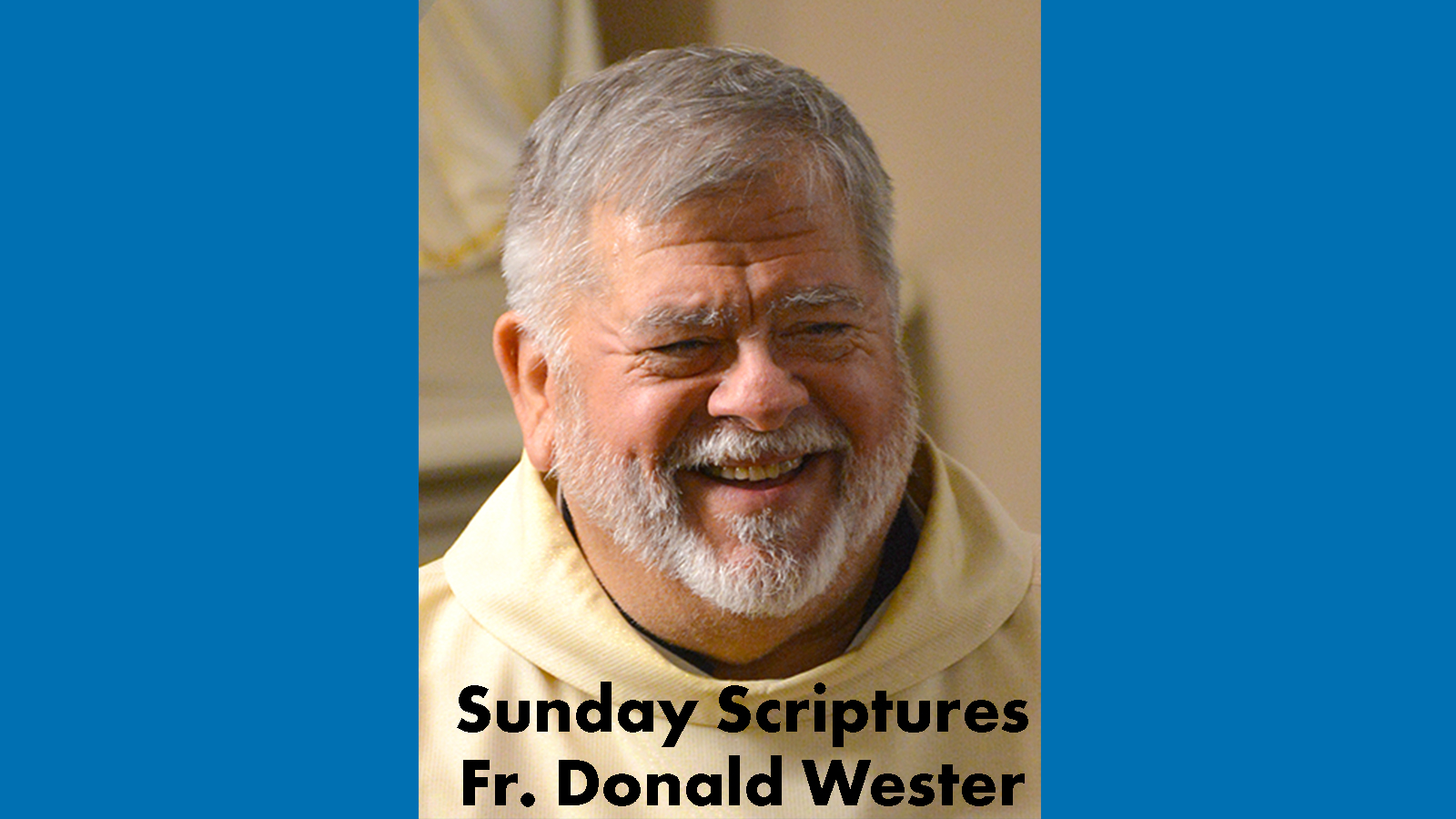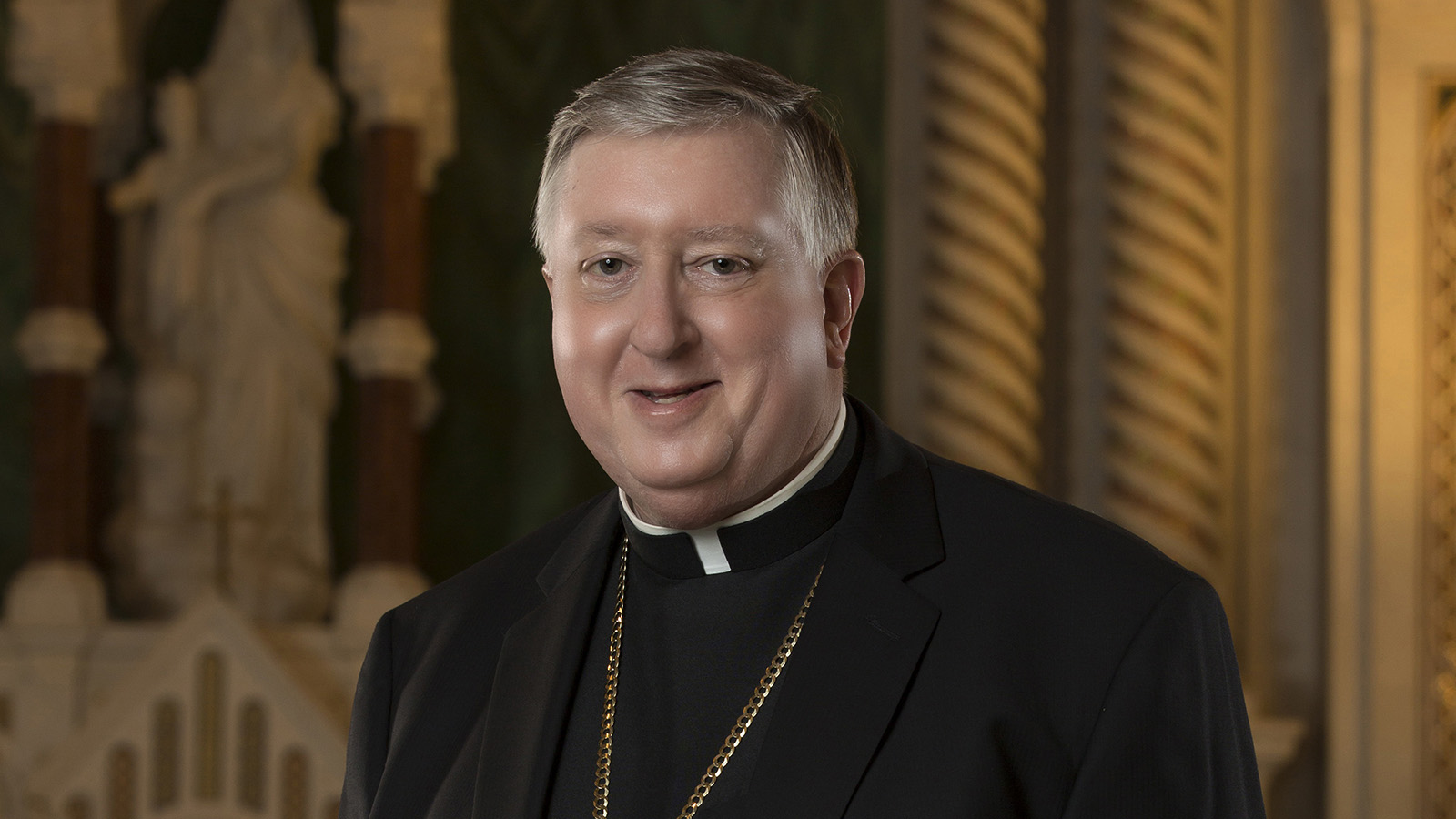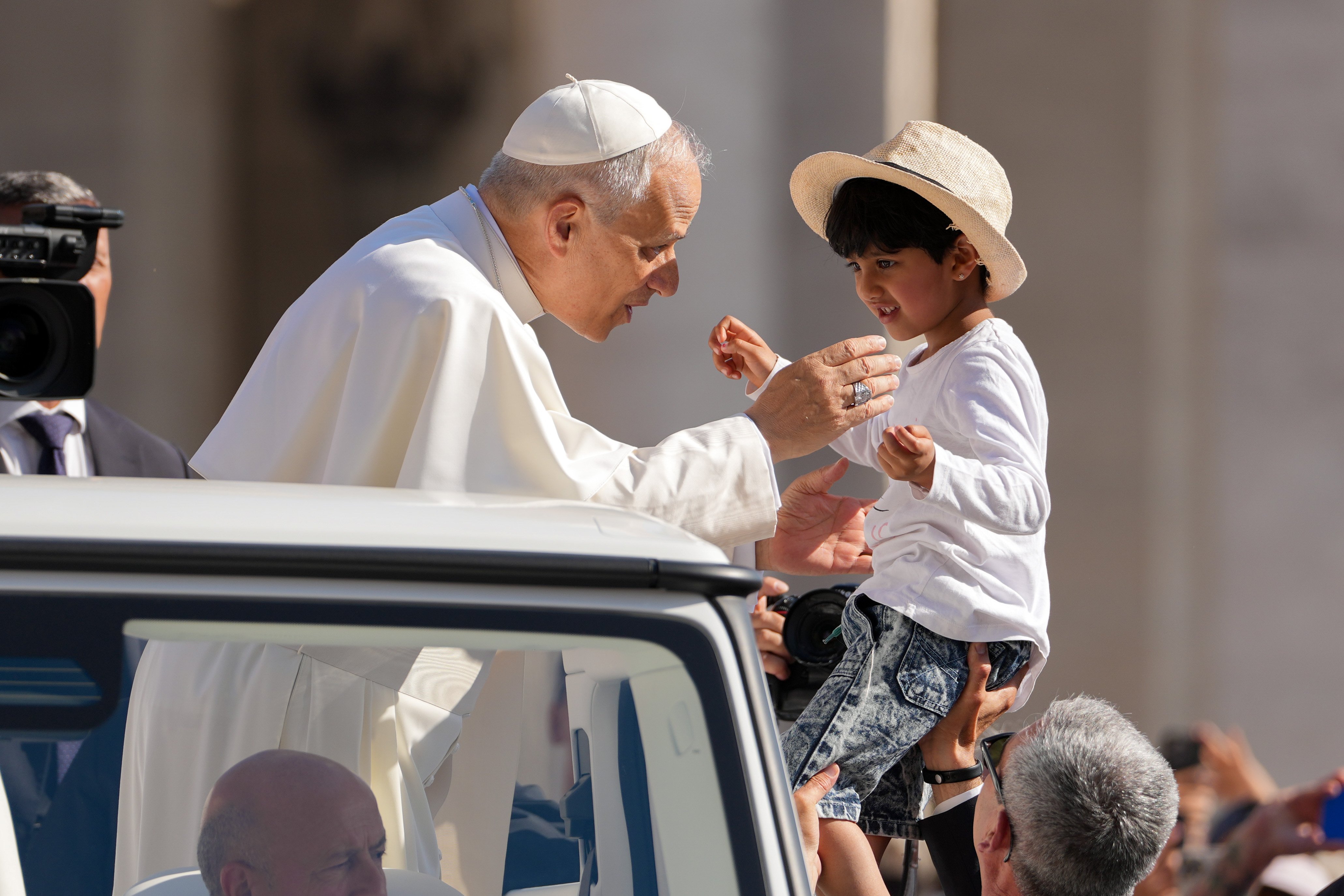DEAR FATHER | Seeing the Trinity in daily life helps us understand the mystery
How do you explain the Trinity to children?

The Blessed Trinity is the central mystery of our faith (Catechism of the Catholic Church, 234), the mystery of who God is in Himself. Since it’s at the heart of our faith, it’s essential that children begin to understand the Trinity, so that they may know who God is and relate to Him better.
The trouble with trying to explain and to understand the Blessed Trinity is that the Trinity is a mystery. This doesn’t mean that we don’t know anything about the Trinity; we do know some things but not others.
Perhaps begin the conversation by talking about a certain book series or television series in which children are absorbed. Talk to them about the series and what they know. Progressively work to things that the writer hasn’t revealed; they’ll find themselves increasingly stumped. Just as the writer of this story has told us about certain things and left others out, so God has in inspiring the Bible. He has told us some truths about Himself and others He hasn’t told us.
For instance, God has told us that He always existed. This is hard for children to grasp as they’re working in a concrete stage of thought. We might turn right to the Bible and read in the first line that in the beginning God began to create. If God and only God was there in the beginning, then He had to always be there, or else there wouldn’t be anything.
Explaining the actual being of God (three persons in one Essence or Being) is at the heart of what we’re conveying. There are many analogies out there (shamrock, triangle, water-air-steam, an apple, among others) that are explained on the internet and can be ways of understanding the Trinity. The only caution is that we need to convey that these are only analogies: a way for us to understand, though not exactly, who God is.
A way to explain the idea of an analogy might be to ask them who their best friend is and what their favorite food is. Then say that their best friend is kind of like their favorite food in how much they like the two. They might see the difference and comment on it. Then, you can explain the idea of analogy: they’re similar, but not the same. Many also go right to the Bible and the Gospel of John 1:1-4 or 14:16-17, which speaks about the Persons of the Trinity and their unity.
In addition, let them see the Trinity in daily life. Point out that the Sign of the Cross is a reminder of the Trinity. We say, “In the Name of …” meaning only one God, because we don’t say, “In the names of ….” We then call on the Three Persons of the Trinity, who are united in that one name, God.
This column appeared in a previous issue of the Review.
Father Mayo is pastor of St. Raphael Parish in St. Louis.



